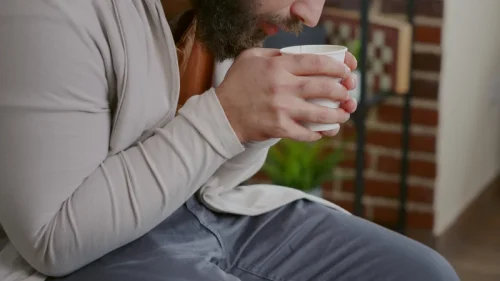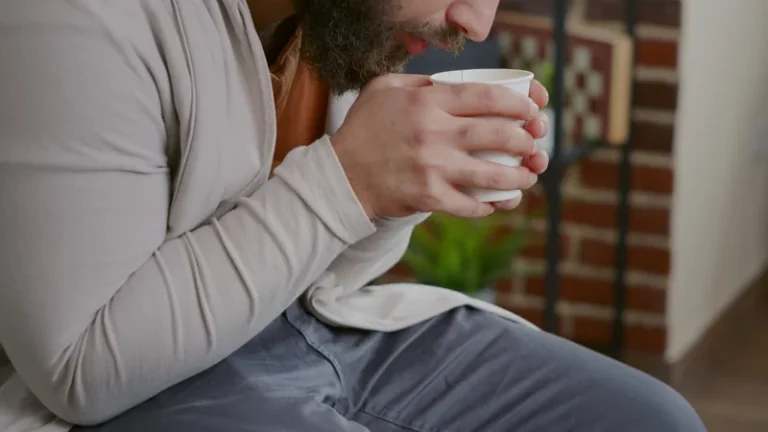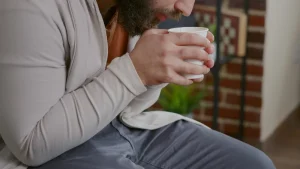
Talk to your doctor or an addiction specialist to learn more. Most people with alcohol problems do not decide to make a big change out of the blue or transform their drinking habits overnight. Even after admitting you have a drinking problem, you may make excuses and drag your feet. It’s important to acknowledge your ambivalence about stopping drinking. If you’re not sure if you’re ready to change or you’re struggling with the decision, it can help to think about the costs and benefits of each choice. Belinda Gordon-Battle is a licensed clinical therapist and life consultant based in Miami while providing therapeutic services across the globe.
Avoid loneliness.
- But finding people who support your recovery can be very helpful and may improve your outcomes.
- Long-term recovery is not a final destination but rather an ongoing process of facing and coping with life without retreating into addictive behaviors.
- If your body is used to a certain amount of alcohol, you may feel certain effects when you stop.
Accept the urge and ride it out, instead of trying to fight it. This is known as “urge surfing.” Think of your craving as an ocean wave that will soon crest, break, and dissipate. When you ride out the craving, without trying to battle, judge, or ignore it, you’ll see that it passes more quickly than you’d think. If you tend to drink too much whenever there is any alcohol in the house, get rid of it altogether, the NIAAA recommends. Food can absorb the alcohol in beverages, so eating before or even while you drink can dampen the effect and may make you want to drink less, says Crews.
How much alcohol is OK to drink?
If you’re living with alcohol use disorder, quitting drinking is important for your health. But quitting on your own can how to overcome alcoholism pose risks to your health and is unlikely to be successful. Rehabilitation facilities can help you on your path to sobriety by addressing alcohol withdrawal symptoms and becoming involved in sober living support groups, like AA. Despite the challenges and potential withdrawal symptoms, however, detox and treatment are available to help people quit drinking. If you’re ready to take that first step toward recovery, contact American Addiction Centers at .

Have a Plan

Other people opt to do it slower and taper down their drinking until it gets to zero. Lean on close friends and family – Having the support of friends and family members is an invaluable asset in recovery. If you’re reluctant to turn to your loved ones because you’ve let them down before, consider going to couples counseling or family therapy. Support can come from family members, friends, counselors, other recovering alcoholics, your healthcare providers, and people from your faith community. Make a note about how you feel physically and mentally on these days—recognizing the benefits may help you to cut down for good. If your goal is to reduce your drinking, decide which days you will drink alcohol and how many drinks you will allow yourself per day.
Professional therapy, done online

However, it can also take time and effort for trust to be re-established if you have hurt friends or family while you were actively involved in your addiction. Strengthening positive relationships with the supportive people in your life can play an important part in your recovery and continued abstinence. The first step in overcoming addiction involves deciding to make a change.

As a practicing physician, Josh helps manage the NYC Health + Hospitals/Bellevue addiction medicine clinic in adult primary care. According to the CDC, heavy drinking is defined as 15 or more drinks per week for men and 8 drinks or more per week for women (2). If you have a more serious drinking problem, your doctor may recommend an initial spell of more intensive treatment, such as a stay at a residential facility. If you spend an average of $100 a week on alcohol, you’ll save more than $5,000 a year when you give up drinking. You can also take the lead in other ways by volunteering to host or inviting people to get togethers where alcohol isn’t center-stage or even present at all, says Young. Game or craft nights, bowling, museum-exploring, and pottery are all things that can be done sans-alcohol (though your friends might bring some anyway).
People often need to Sober living house address past trauma or familial issues during this time. While the abstinence stage of withdrawal causes mostly physical symptoms, post-acute withdrawal is very psychological and emotional. It’s much easier to avoid drinking if you don’t keep temptations around. Sunnyside uses a psychology-based approach to help you drink more mindfully, no matter what your goal is. You’ll get a 100% custom plan, then daily texts to track your progress and help you stay on target. You don’t have to leave the house to get support from other people who understand and respect what you’re trying to do.
